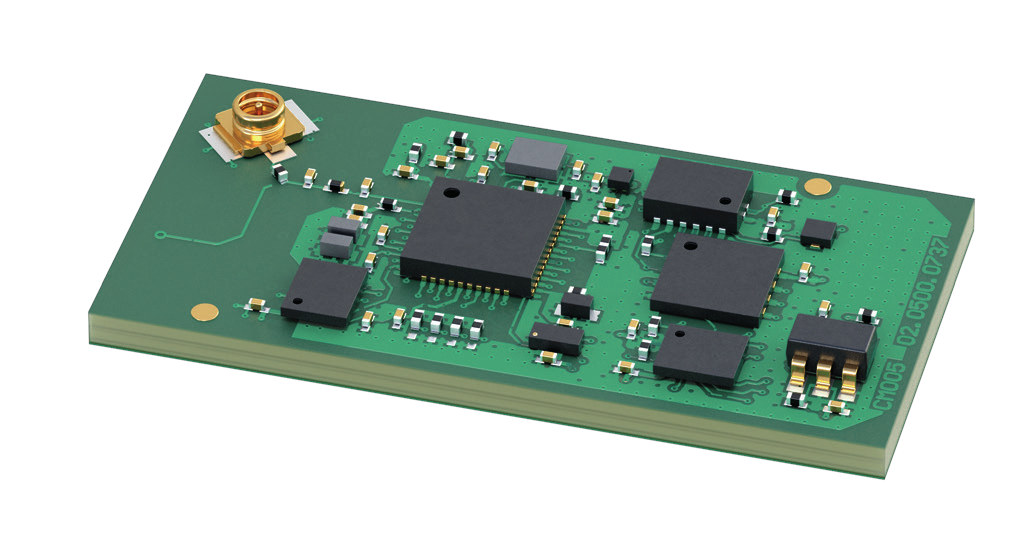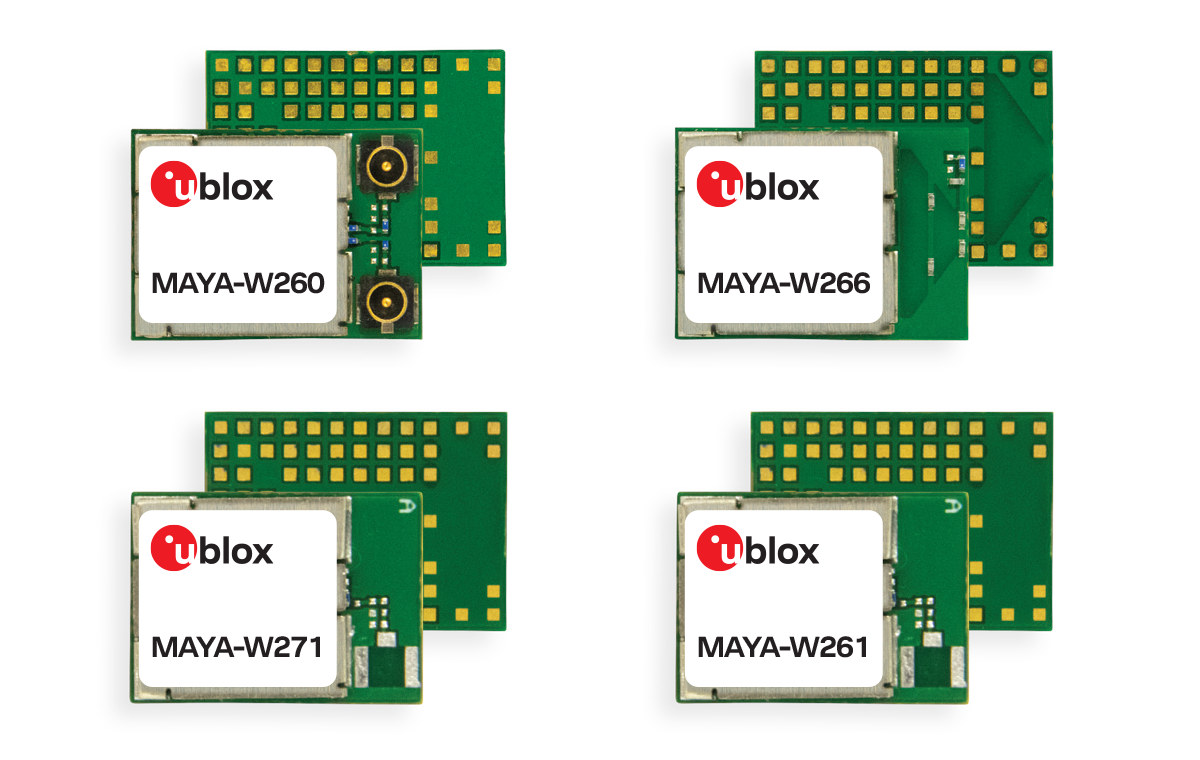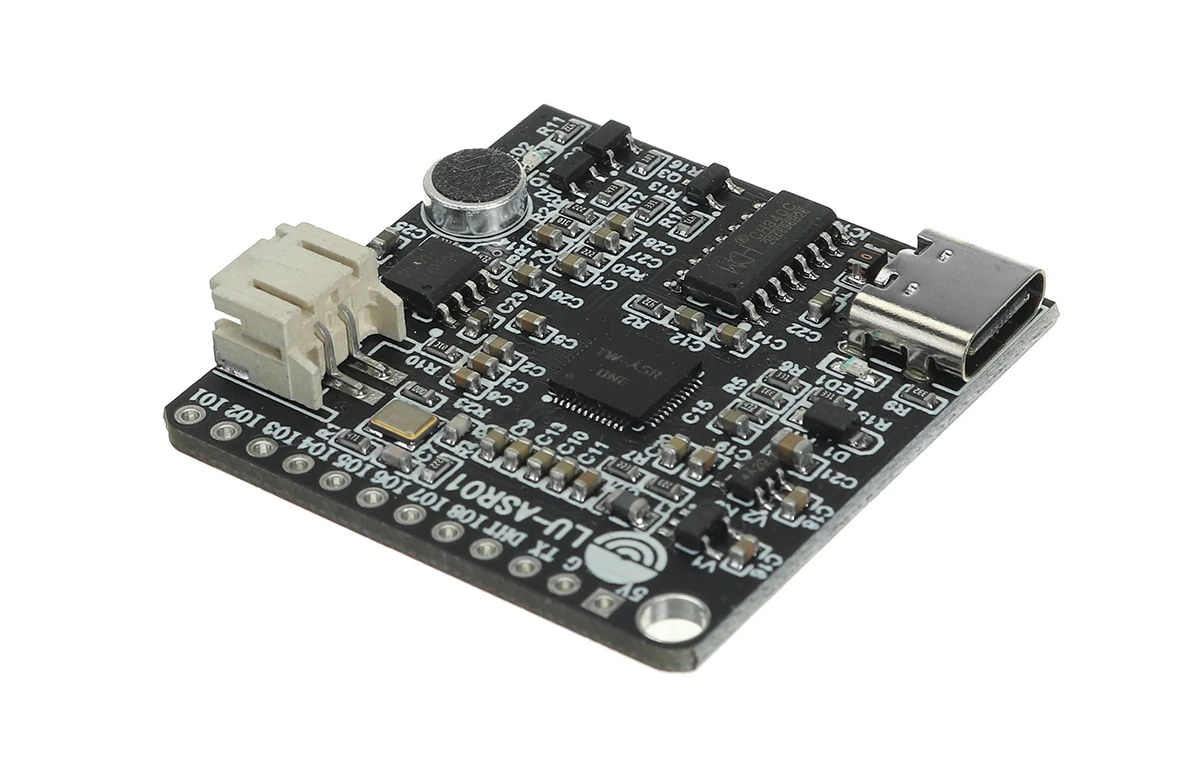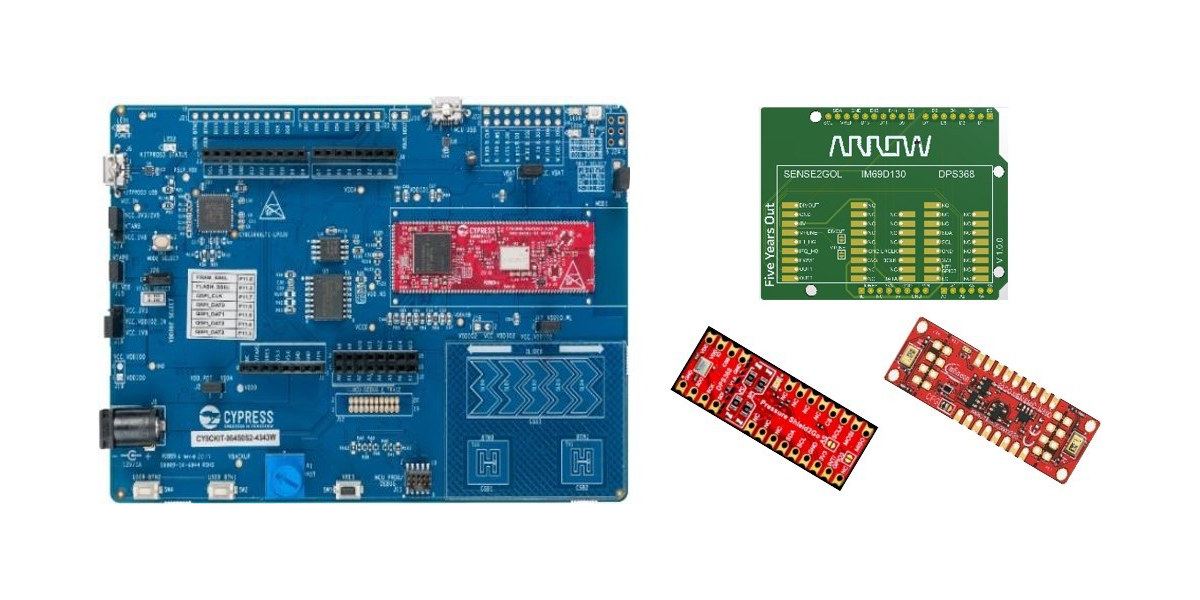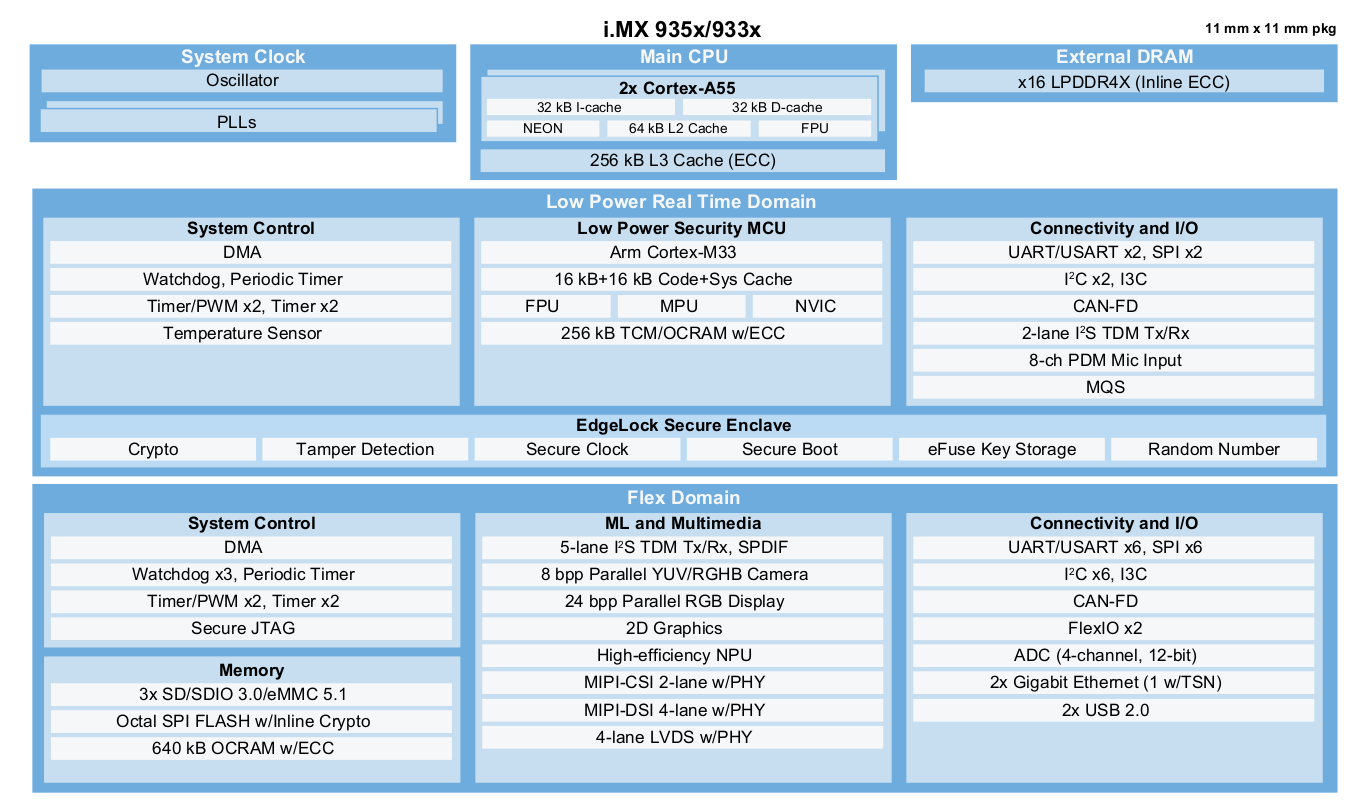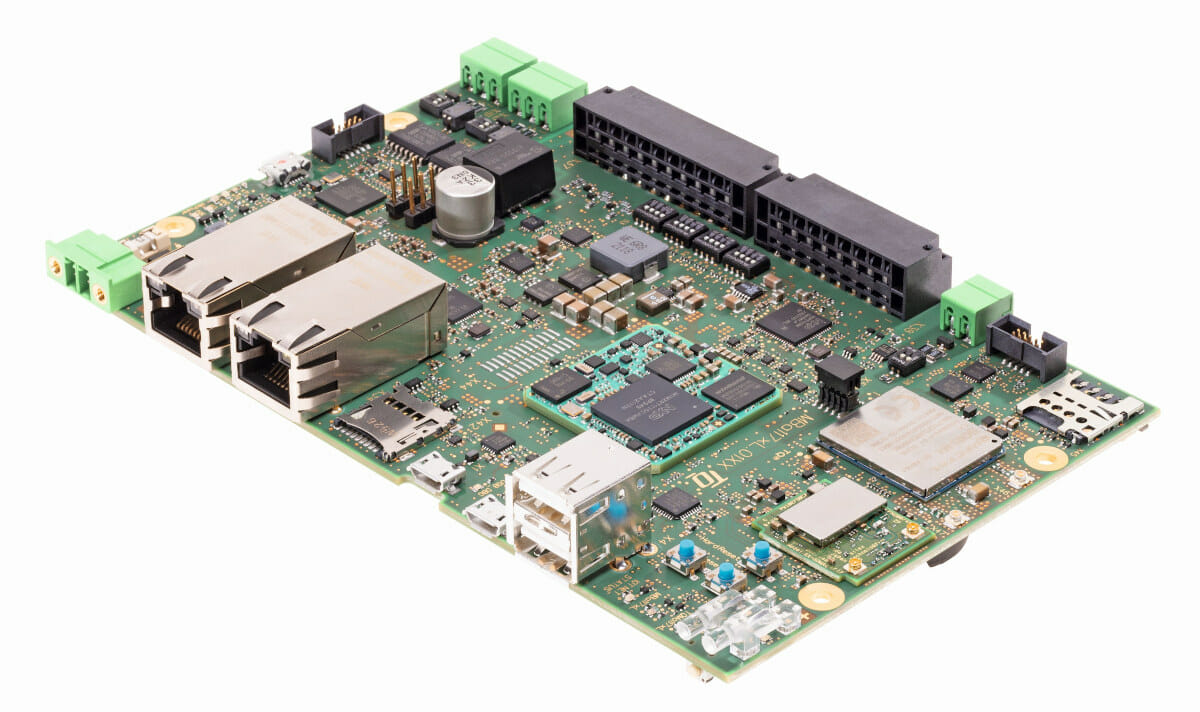German embedded systems company iesy’s ESP32 OSM-0F is an ESP32-based solder-on LGA system-on-module that complies with SGET OSM Size-0 (30x15mm) form factor, offers WiFi and Bluetooth connectivity, and more. The SGET Open Standard Module (OSM) standard defines four module sizes, namely Size-0 (30x15mm), Size-S (30x30mm), Size-M (45x30mm), and Size-L (45x45mm), and all the modules we’ve covered so far were powered by a Linux-capable processor. But it’s more challenging, albeit not impossible, to design a Linux-capable OSM Size-0 module, and that form factor is better suited to microcontroller-class chips like ESP32. (Technically, ESP32 can run Linux, but it’s more for show that any practical applications) ESP32 OSM-0F specifications: Microcontroller – Espressif ESP32 dual-core Xtensa LX6 MCU @ 240 MHz with 512KB RAM, Wi-Fi 802.11 b/g/n and Bluetooth/BLE Storage – 32 Mbit SPI flash Antenna – u.FL connector 188 LGA contact points with Storage – SDIO Networking – 1x 10/100M Ethernet (RMII), […]
u-blox MAYA-W2 IoT module offers dual-band WiFi 6, Bluetooth LE 5.2, and Zigbee/Thread connectivity
u-blox MAYA-W2 is a tri-radio IoT module supporting dual-band WiFi 6, Bluetooth Low Energy 5.2, and IEEE 802.15.4 (Thread and Zigbee) connectivity based on the NXP IW612 or IW611 chipset introduced last January. The module is offered with a PCB antenna, u.FL connectors, and/or antenna pins, supports up to 600 Mbps link speed, and targets industrial and consumer mass-market applications in industrial automation, smart building & energy management, healthcare, smart home, and more. u-blox MAYA-W2 highlights: Wi-Fi 6 802.11ax dual-band 2.4 and 5 GHz Up to 600 Mbit/s throughput Output power EIRP – 18 dBm Operation modes: Access point (up to 16 stations), station, Wi-Fi direct (combinations) Bluetooth 5.2 Dual-mode Bluetooth classic and Bluetooth Low Energy 5.2 LE Audio Output power EIRP – 20 dBM Bluetooth profiles and services – Bluetooth HCI 802.15.4 radio for Thread and Zigbee Support for the Matter protocol Variants with PCB-antenna, U.FL connectors, and antenna […]
$8 LU-ASR01 offline speech recognition board features “TW-ASR ONE” chip
LU-ASR01 is a board capable of offline speech recognition with a built-in microphone, a speaker connector, twelve through holes for GPIOs and a temperature sensor interface for DHT11/DS18B20, plus a USB Type-C port for power and programming. At first, I thought it might be based on the Unisound US516P6 microcontroller which we’ve seen on some inexpensive offline speech recognition modules, but the chip looks completely different, with the marking TW-ASR ONE. So let’s investigate… LU-ASR01 board specifications took some effort, but here’s what I’ve managed: MCU – TW-ASR ONE (aka TWen ASR ONE) microcontroller with 4MB flash, 512KB RAM, and a BNPU for voice processing; package: QFN48L (6x6x0.85mm) Audio I/O Built-in microphone 2-pin speaker header plus 3W power amplifier for 4Ω/3W speaker Voice recognition Up to 10 meters wake-up range 98% ultra-high recognition rate Customizable to 5 wake-up words and 200 recognition words USB – 1x USB Type-C port for […]
The Eclipse Oniro Project aims to deliver consumer & IoT software that works across multiple platforms
Several of the embedded talks at FOSDEM 2022 mention the “Eclipse Oniro Project”. I had never heard about that project from the Eclipse Foundation, so let’s see how they describe it: Oniro is an Eclipse Foundation project focused on the development of a distributed open source operating system for consumer devices, regardless of the brand, model, make. Oniro is a compatible implementation for the global market of OpenHarmony, an open source operating system specified and hosted by the OpenAtom Foundation. Designed with modularity in mind, Oniro offers greater levels of flexibility and application portability across the broad spectrum of consumer and IoT devices — from tiny embedded sensors and actuators, to feature rich smart appliances and mobile companions. As a distributed and reusable collection of open source building blocks, Oniro enables compatibility with other open source technologies and ecosystems. Through close collaboration with projects and foundations such as OpenHarmony from […]
Imagination introduces Catapult RISC-V CPU cores
As expected, Imagination Technologies is giving another try to the CPU IP market with the Catapult RISC-V CPU cores following their previous unsuccessful attempt with the MIPS architecture, notably the Aptiv family. Catapult RISC-V CPUs are/will be available in four distinct families for dynamic microcontrollers, real-time embedded CPUs, high-performance application CPUs, and functionally safe automotive CPUs. The new 32-/64-bit RISC-V cores will be scalable to up to eight asymmetric coherent cores-per cluster, offer a “plethora of customer configurable options”, and support optional custom accelerators. What you won’t see today are block diagrams and detailed technical information about the cores because apparently, all that information is confidential even though some Catapult RISC-V cores are already shipping “in high-performance Imagination automotive GPUs”. The only way to get more details today is to sign an NDA. Having said that we have some more information about the target markets and development tools. Imagination Capapult […]
Arrow launches PSA Certified PSoC 64 IoT Security Workshop Development Kit
In 2019, we wrote that Cypress PSoC 64 microcontrollers for Secure IoT applications was one of the first microcontrollers compliant with Arm’s Platform Security Architecture (PSA) designed to secure the Internet of Things. Arrow has now launched the PSoC 64 IoT Security Workshop Development Kit, its first PSA Certified platform, which happens to be based on Cypress PSoC 64, and developed in collaboration with Infineon who purchased Cypress Semiconductor last year. Designed to help developers quickly create PSA Certified solutions, the development kit includes the Infineon PSoC 64 Secure AWS IoT Pioneer Kit, Arrow PSoC 6 IoT Sensor Shield, Shield2Go kits, and AWS cloud enablement with certified functional APIs and integrated dashboard for monitoring and visualization. There are three levels for PSA certification: level 1 for device manufacturers involves the evaluation of an IoT device to assess whether it adheres to security best practice, level 2 with a laboratory evaluation […]
NXP i.MX 93 processor combines Cortex-A55 cores with Ethos U65 microNPU
NXP has unveiled the i.MX 93 processor family comprised of i.MX 935x, 933x, 932x, and 931x parts at this time with up to two Cortex-A55 cores, one Arm Cortex-M33 real-time core, as well as an Ethos U65 microNPU for machine learning (ML). We wrote about i.MX 9 family back in March with NXP telling us it would include an Arm Ethos U-65 microNPU and EdgeLock secure enclave, be manufactured with a 16/12nm FinFET class process, and includes the “Energy Flex” architecture to optimize power consumption by turning on/off specific blocks in the processor. The NXP i.MX 93 is the first family leveraging those new features, and we know have some more details. NXP i.MX 93 processor specifications: CPU 1x or 2x Arm Cortex-A55 @ 1.7 GHz with 32KB I-cache, 32KB D-cache, 64KB L2 cache, 256KB L3 cache with ECC 1x Arm Cortex-M33 @ 250 MHz low power microcontroller with 256KB […]
TQ Embedded launches NXP i.MX RT1170 SoC module and SBC
TQ Embedded (aka TQ) has just announced the availability of the TQMa117xL system-on-chip module based on NXP i.MX RT1170 crossover processor family, and as well as MBa117xL single board computer (SBC) based on the 31×31 mm module. TQMa117xL’s small size has been achieved thanks to a 277-pad LGA design, with the module still integrating LP-SDRAM, Quad-SPI NOR flash and EPROM, a PMIC, as well as an optional security chip. TQMa117xL i.MX RT1170 SoM Specifications: Crossover processor (one or the other) NXP i.MX RT1171 with Cortex-M7 @ up to 1 GHz (Consumer) or 800 MHz (industrial), 1 GbE (AVB) NXP i.MX RT1172 with Cortex-M7 @ 800 MHz/ 1 GHz, graphics accelerators and camera/display interfaces, 1GbE (AVB) NXP i.MX RT1173 with Cortex-M7 @ 800 MHz (industrial only), Cortex-M4 @ 400 MHz, 1GbE (AVB), graphics accelerators and camera/display interfaces, tamper inteface NXP i.MX RT1175 with Cortex-M7 @ 800 MHz / 1 GHz, Cortex-M4 […]


